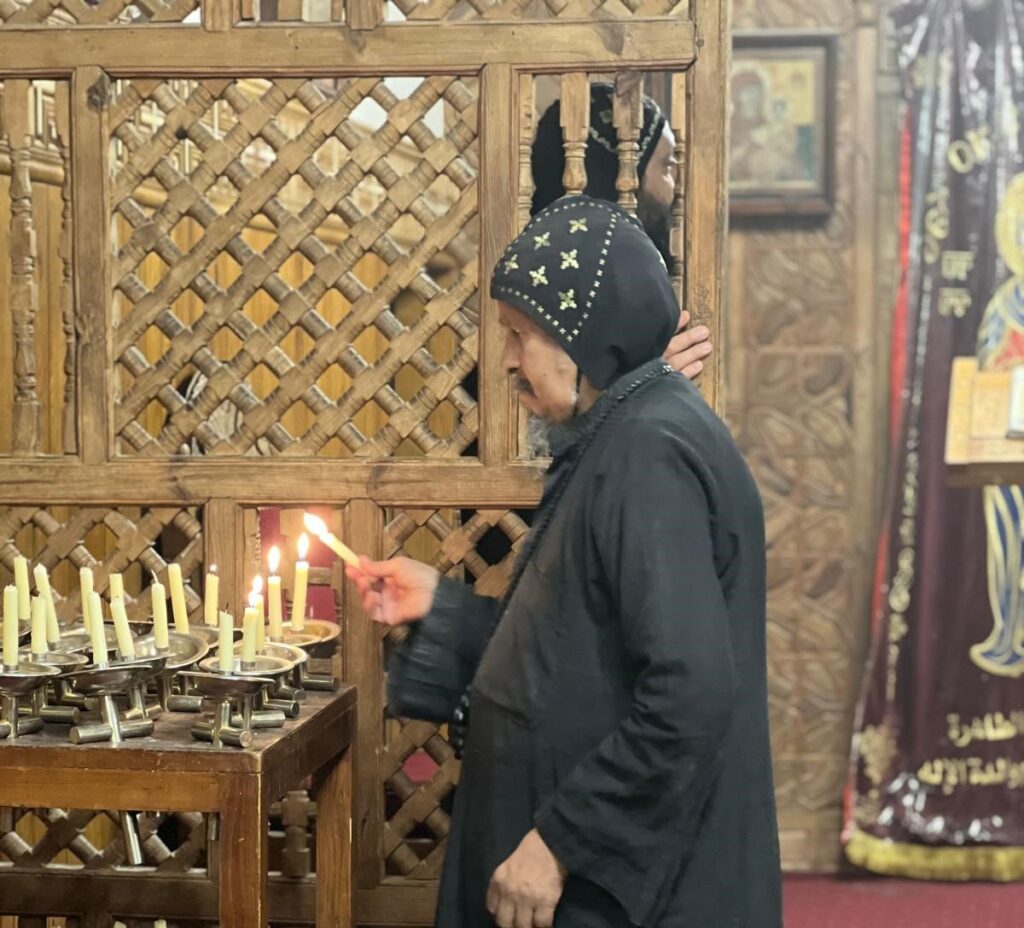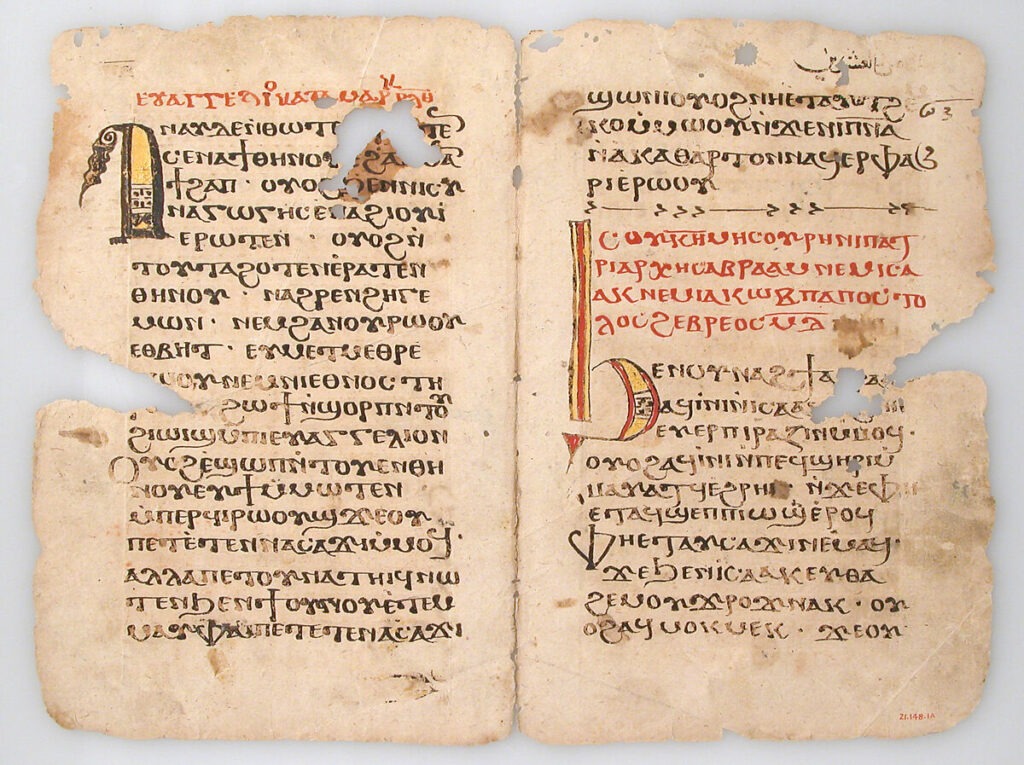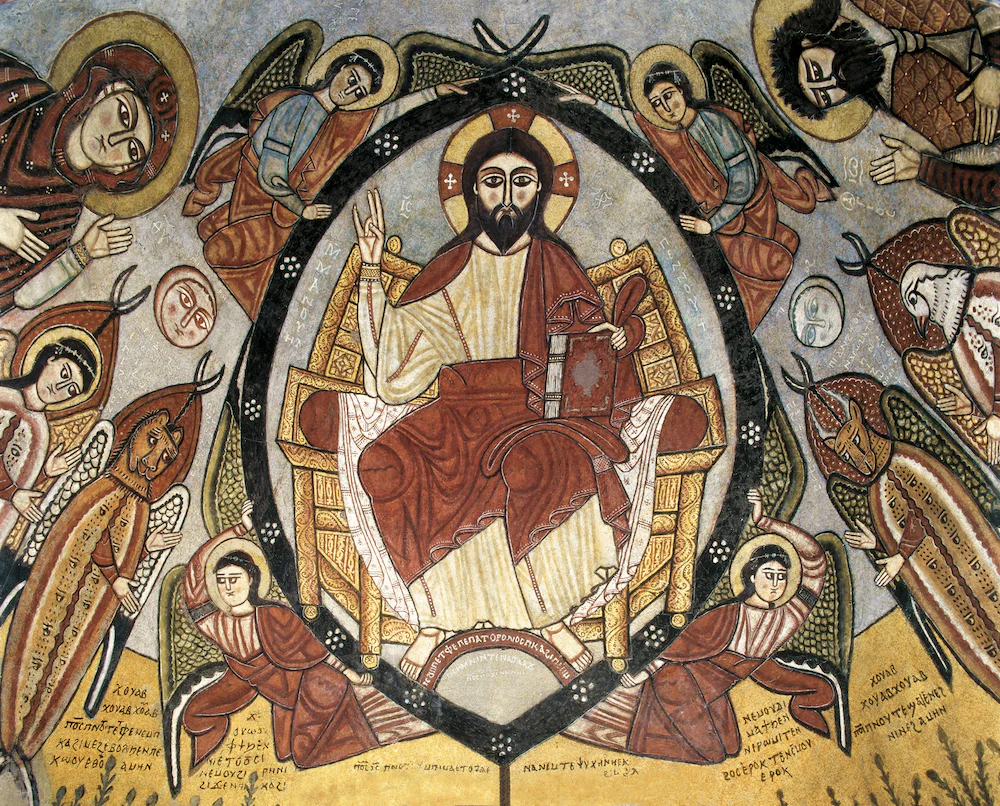To understand the system of Pachomius’ communal monasticism is to understand Pachomius’ spirituality. In the first place Pachomian spirituality was one of community. His conversion had been brought about by the charity of the Christians, after which he became inspired by the image of service. This inspiration came to typify the expression of Pachomius’ own …
To understand the system of Pachomius’ communal monasticism is to understand Pachomius’ spirituality. In the first place Pachomian spirituality was one of community. His conversion had been brought about by the charity of the Christians, after which he became inspired by the image of service. This inspiration came to typify the expression of Pachomius’ own spirituality and presented a more social dimension to Antony’s monasticism. In addition, the Sahidic Life claims that Pachomius was divinely instructed to “serve mankind” hence giving his vocation a charitable orientation. So where Antony is the father of monks, Pachomius becomes the father of a community of monks. Hence charity becomes the basis of Pachomian legislation; the provision of which was expressed through the work of one’s hands.
In fulfilling the scriptural command, charity serves two purposes: it facilitates union with God as well as union with others, and therefore Pachomian spirituality developed along two lines: union with God and union with the brethren.
1) Union with God: The Life clearly indicates that Pachomius was a man of prayer and so to encourage prayer and spiritual life amongst his brothers, the Rules insist above all on the Scriptures and the common liturgies. However, realising the danger of restlessness that can be experienced during prayer and spiritual contemplation, Pachomius instigated a rule combining work and prayer.
Accordingly, Pachomian Rules were characterised by the unity between prayer and work; when the brothers took part in a communal service, they were to work in silence at weaving mats or baskets whilst listening to a passage of scripture. Thus, as Marilyn Dunn observes, liturgical practice was recognisably meditative. Likewise, as the brothers went about their daily work, they were to recite verses from the scriptures. This meditative tradition was recognised as the foundation of the spiritual life of all the monks of Egypt, and the means by which they achieved monastic ascesis.
2) Union with the brethren: being charitable to others through service is the core of Pachomius’ vision. The Life abounds with stories of Pachomius’ charitable works: he took particular joy in providing for the needs of the helpless, the elderly, the sick and children, he provided for the needs of the surrounding villages, and he gladly worked with his own hands to provide for the needs of his community of monks. From the beginning Pachomius anticipated a large community of monks, for the angel of God foretold that he was to “gather together a great number of monks,” and that, “many will come to you.” For this reason Pachomius “constructed enough accommodation for a great number of people.” To understand the magnitude of the Pachomian community, Cassian estimated there were five thousand monks, Palladius recorded seven thousand by the end of the fourth century, and Jerome stated a staggering number of fifty thousand monks!
Regardless of which account is correct, the sources succeed in giving the impression that there were a lot of monks, and so the need for manual labour was central to ensure the monasteries were self sufficient in providing the basic needs for the thousands of monks, as well as provide for the needs of the villagers, and hence fulfil the first Pachomian law of charity which states, “Love is the fulfilment of the law.” So prominent was manual labour that Jerome explains the Pachomian monks were organised into houses by virtue of their trades. According to Palladius’ description, “One works on the land as a labourer, another in the garden, another at the forge, another in the bakery, another in the carpenter’s shop, another in the fuller’s shop, another in the tannery, another in the shoemaker’s shop, another in the scriptorium, another weaving the young reeds.” In addition to a hospital which Pachomius incorporated into the general plan of his monasteries to provide care for the monks as well as the villagers, the type of work undertaken by the monks convey the charitable orientation of the Pachomian communities.
Pachomius appreciated the value of manual work, both to fulfil his mission of serving and offering charity to others, and to ensure his growing community remains self-sufficient. He also experienced the manifestation of God’s will for him during the times in which he was both working and praying, and in addition the angel instructed a law that included mutual work and prayer.
By: Lisa Agaiby
Join Us: Sign Up Today!
Tags:










